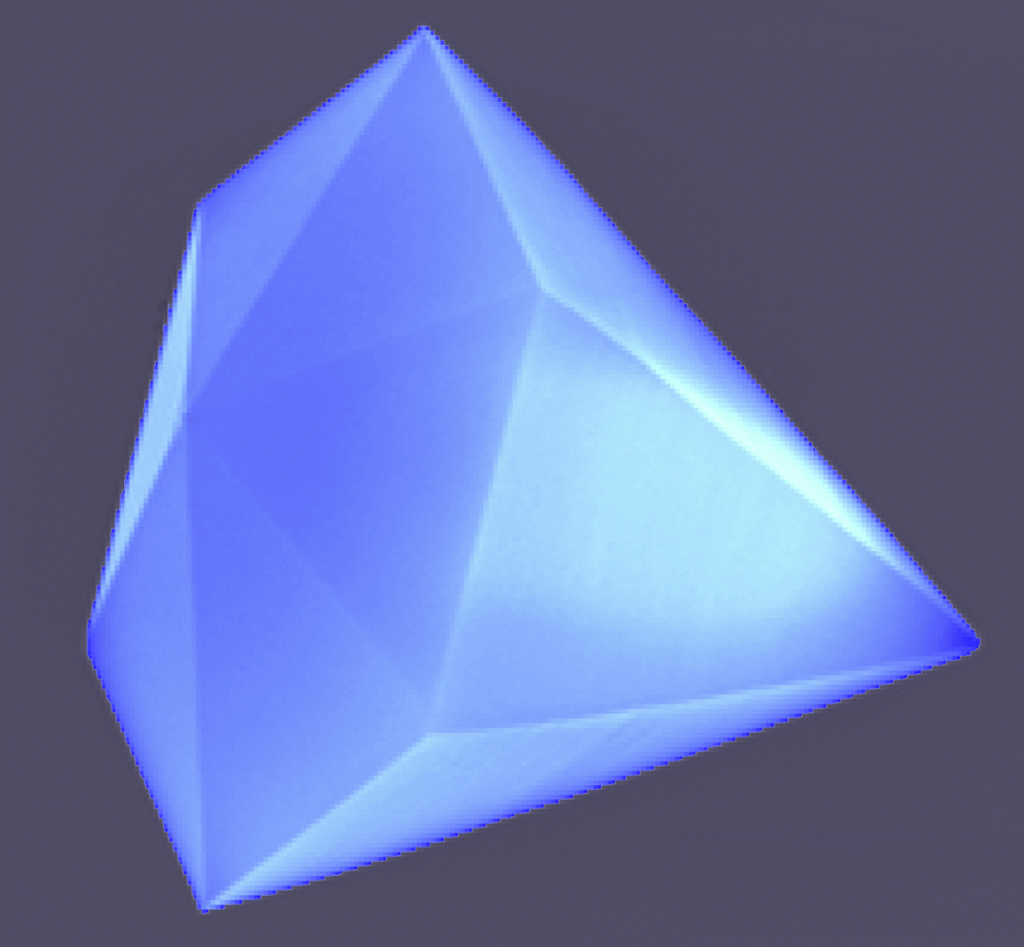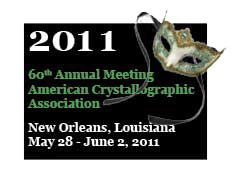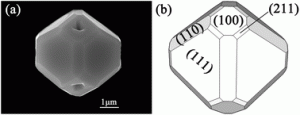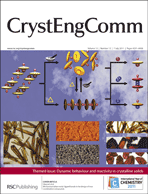
The issue is guest edited by Graeme Day and Tomislav Friščić from Cambridge University. Read their editorial, Dynamic behaviour in the solid state.
An editorial by Prof Sir John Meurig Thomas is also included in the issue, and his perspective on Crystal engineering: origins, early adventures and some current trends, is well worth reading.
Other articles include:
Drug-drug co-crystals: Temperature-dependent proton mobility in the molecular complex of isoniazid with 4-aminosalicylic acid
Pawel Grobelny, Arijit Mukherjee and Gautam R. Desiraju
Are glycine cyclic dimers stable in aqueous solution?
Said Hamad and C. Richard A. Catlow
Solid-state synthesis of mixed trihalides via reversible absorption of dihalogens by non porous onium salts
L. Meazza, J. Martí-Rujas, G. Terraneo, C. Castiglioni, A. Milani, T. Pilati, Pierangelo Metrangolo and Giuseppe Resnati
View all the articles in Issue 13, 2011.
Find out more about our guest editors by visiting their websites (Dr Day, Dr Friščić,) or reading this CrystEngCommunity interview with Graeme Day.











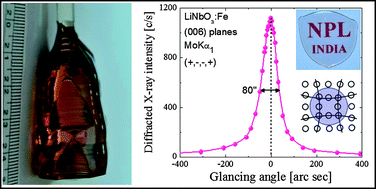 Lithium niobate (LN), a nonlinear optical material in its single crystal form, is well proven as a potential and unique material for its use in advanced photonic device applications like second-harmonic generation, optical switching, optical modulators, holographic data storage, acousto-optic and ferroelectric. The transition and rare earth metal ions (Fe, Mn, Cuand Ce) improve the data storage capabilities of LN by improving its photorefraction efficiency. However, when the concentration of dopants in the crystal increase, high geometric strains develop in the lattice resulting in the agglomeration of point defects, the formation of dislocations finally leading to structural boundaries. These defects mask or partially/completely deteriorate some of the anisotropic physical properties of the single crystals and reduce the efficiency of the devices made out of these crystals.
Lithium niobate (LN), a nonlinear optical material in its single crystal form, is well proven as a potential and unique material for its use in advanced photonic device applications like second-harmonic generation, optical switching, optical modulators, holographic data storage, acousto-optic and ferroelectric. The transition and rare earth metal ions (Fe, Mn, Cuand Ce) improve the data storage capabilities of LN by improving its photorefraction efficiency. However, when the concentration of dopants in the crystal increase, high geometric strains develop in the lattice resulting in the agglomeration of point defects, the formation of dislocations finally leading to structural boundaries. These defects mask or partially/completely deteriorate some of the anisotropic physical properties of the single crystals and reduce the efficiency of the devices made out of these crystals.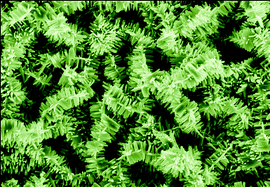 In this HOT article, ZnO nanorods were helped to “stand” vertically on microsubstrates by an interesting seed-mediated approach. Taking ZnO nanosheets as the microsubstrates, ZnO nanorods can grow vertically, not lying horizontally, on the facets with the aid of a seed layer precoating to form hierarchical ZnO nanorod-nanosheet architectures. The diameter as well as the length of the standing nanorods can be controlled effectively by adjusting the growth time and the amount of ammonia in the growth solution. The precoated seed layer has been found to be the key factor in determining the resultant morphology.
In this HOT article, ZnO nanorods were helped to “stand” vertically on microsubstrates by an interesting seed-mediated approach. Taking ZnO nanosheets as the microsubstrates, ZnO nanorods can grow vertically, not lying horizontally, on the facets with the aid of a seed layer precoating to form hierarchical ZnO nanorod-nanosheet architectures. The diameter as well as the length of the standing nanorods can be controlled effectively by adjusting the growth time and the amount of ammonia in the growth solution. The precoated seed layer has been found to be the key factor in determining the resultant morphology.
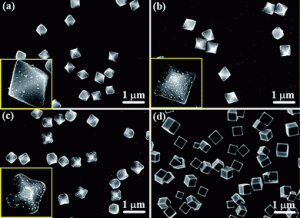

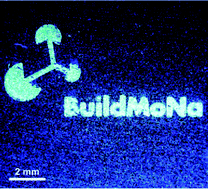 In this CrystEngComm Hot article, Michael Lorenz and colleagues from Universitat Leipzig have made fresnoite thin films, fused on various materials by pulsed laser deposition, for use in photonic applications.
In this CrystEngComm Hot article, Michael Lorenz and colleagues from Universitat Leipzig have made fresnoite thin films, fused on various materials by pulsed laser deposition, for use in photonic applications.